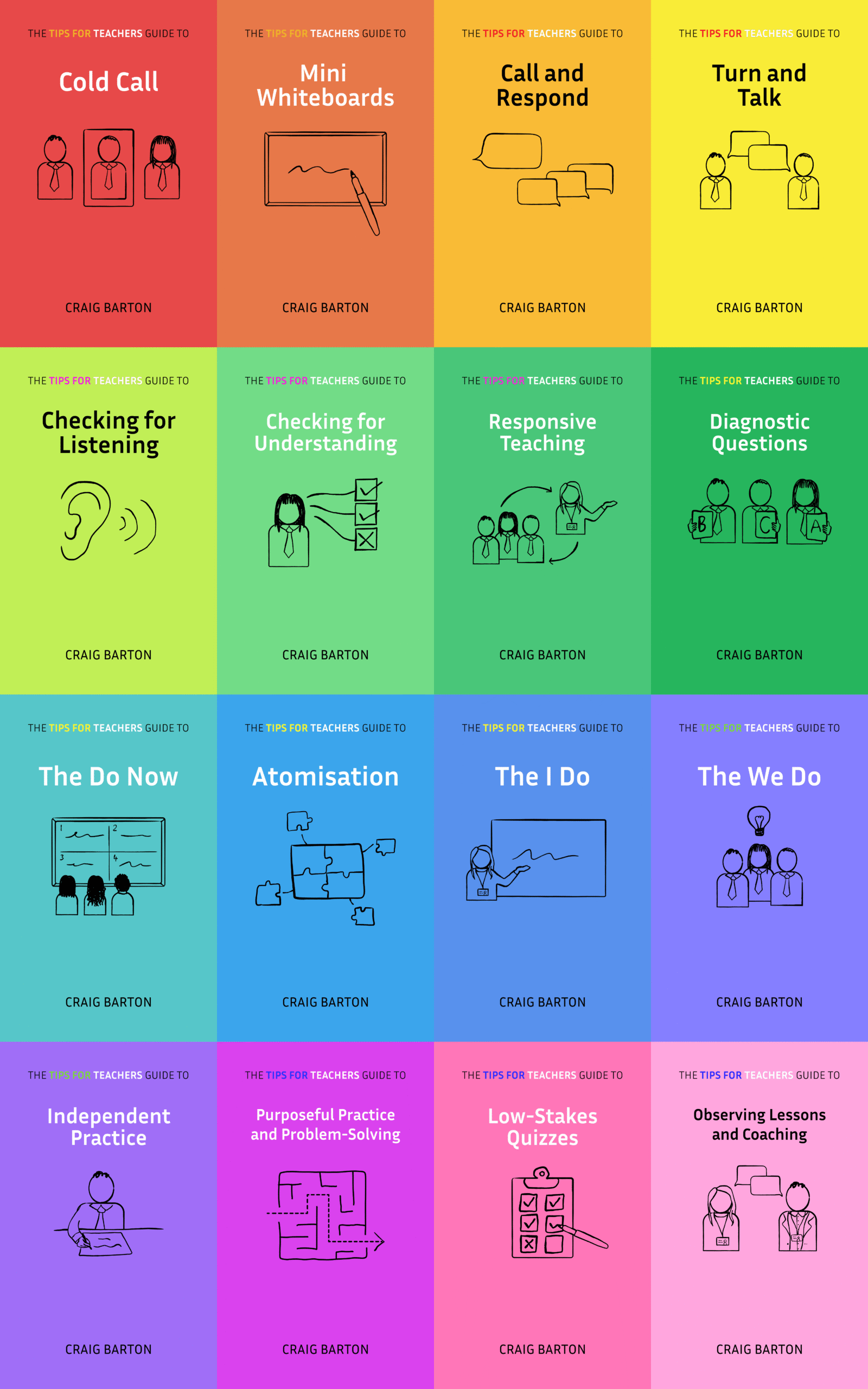
- Title: On the Symbiosis of Learning and Forgetting
- Authors: Robert A. Bjork
- Access the original paper here
- Listen to a deep-dive podcast:
Paper summary
Robert Bjork’s article discusses the relationship between learning and forgetting, arguing that they are not antagonistic processes but rather symbiotic. He challenges the traditional view that forgetting is a detrimental process, highlighting its crucial role in enabling effective learning by improving the efficiency of retrieval and reducing interference. He explores the different forms of forgetting, including retrieval-induced forgetting, and outlines various strategies that can be used to manipulate forgetting in order to facilitate learning. He delves into various cognitive phenomena related to learning and forgetting, including spacing effects, the encoding variability model, and the role of context in memory retrieval, ultimately asserting that forgetting is an essential part of the learning process, enhancing the efficiency of memory retrieval and promoting adaptive learning strategies.
What are the key implications for teachers in the classroom?
Here are some key implications for teachers in the classroom, based on the provided excerpt:
- Forgetting can actually facilitate learning. When students forget something, it can make it more difficult to retrieve that information later, which in turn can make subsequent learning more effective. This is because the act of retrieving information strengthens the memory trace, making it more likely to be recalled in the future. Therefore, teachers should not be afraid to encourage forgetting by using techniques such as spaced repetition and interleaving.
- Retrieval practice is essential for learning. When students retrieve information from memory, they are strengthening the memory trace and making it more likely to be recalled in the future. Teachers can incorporate retrieval practice into their lessons by using techniques such as quizzes, flashcards, and active recall exercises.
- Students often have faulty mental models of themselves as learners. They may believe that simply exposing themselves to information is enough to learn it, or that they will remember everything they study. Teachers can help students develop more accurate mental models by teaching them about the importance of retrieval practice, spaced repetition, and other effective learning strategies.
- Teachers need to become more metacognitively sophisticated. This means that they need to be aware of their own learning processes and how to manage them effectively. Teachers can develop their metacognitive skills by reflecting on their teaching practices, experimenting with different learning strategies, and seeking feedback from their students.
- The importance of understanding the relationship between remembering, forgetting, and learning. Teachers who understand this relationship are better equipped to create learning experiences that promote long-term retention and transfer. By understanding how forgetting can actually facilitate learning, teachers can create learning environments that are challenging and engaging, but also supportive of long-term learning.
Overall, the sources highlight the importance of understanding the cognitive processes involved in learning and memory. By applying these insights in the classroom, teachers can help students learn more effectively and retain information for the long term.
Quote
Why do we forget information that was once recallable? The principal answer to that question, alluded to above, is that the information—like footprints in the sand—fades away or decays in our memories over time. That answer, Thorndike’s (1914) “law of disuse,” dominated the decades of controlled research on memory (e.g., Thorndike, 1914). The decay idea, which remains compelling to most people based on their introspections, was instantiated in Thorndike’s law of disuse, as mentioned above. Thorndike’s law, though, came to be thoroughly discredited, and the widely accepted view today is that although some memories tend to remain there, but it has become inaccessible (for gotten owing to one or both of two factors: “reproductive inhibition,” interfering conditions…,” which refers to the changing of the retrieval cues that are available to us as we move on with our lives, and “altered stimulating conditions,” referring to the memory (for a brief history of research on interference and forgetting, see Björk, 2003). In adaptive ways, as we use our memories we are making more accessible information, procedures, and skills, and creating potential for competition with related information, skills, and procedures that already exist in memory. Access to that earlier can then be inhibited or blocked by related aspects of the newer and perhaps more accessible, learning.








